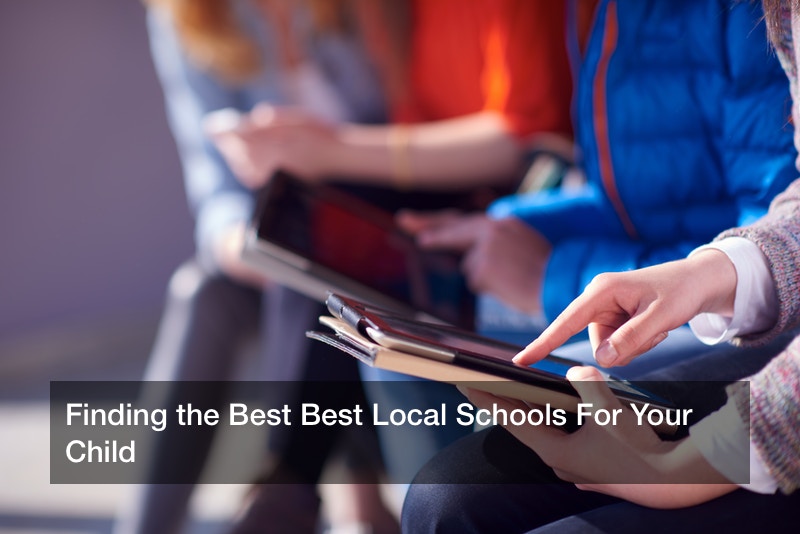

Did you know that over five million children attend some type of pre-kindergarten program? Given what is known about the benefits of preschool on a child’s future development and success, this is a significant figure.
The Importance of Keeping Children Active
Preschool-aged children need playtime as well as a variety of other activities to develop their social and cognitive skills. Since only one-in-five homes is located within walking distance of a park, this may limit a child’s physical activities to indoors.
When there isn’t a park within walking distance, some parents may choose to drive. However, if the weather isn’t conducive to outdoor play, the only alternative may be playing indoors.
Over the summer months, more than 11 million children and adults attend summer camp in the United States. This can make a major difference in maintaining a child’s healthy level of activity. Furthermore, the American Camp Association (ACA) conducted some promising research. The ACA indicated that when children learn new activities at summer camp, 63% of them will continue those activities after camp.
Public versus Private Preschool
Many private schools offer specific types of programs. Around 80%, for example, have a religious affiliation. Other elementary schools place an emphasis on athletics and wellness, and this can make a major difference in keeping children active.
For decades, one of the major issues with public schools has been the high student-to-teacher ratios. Another benefit of private schools is that they tend to have a lower student-to-teacher ratio. More specifically, 36% of private schools average ten students per teacher or even lower. Only 10% of public schools, however, can claim this average.
Some Data on Private Schools
Currently, there are approximately 30,861 private schools operating in the United States. These schools serve 5.3 million students from preschool up through the 12th grade. Given the total number of schools in the United States, 24% are private schools, and 10% of these offer programs for preschool up through the 12th grade.
Basically, this means that approximately 30% of the country’s preschool-aged children are attending private preschools and childcare centers. As a result, these children are being better prepared for elementary school and beyond.
While the overall benefits of preschool will vary from child-to-child, early education assists children with staying active and developing social and other skills by interacting with other children.
